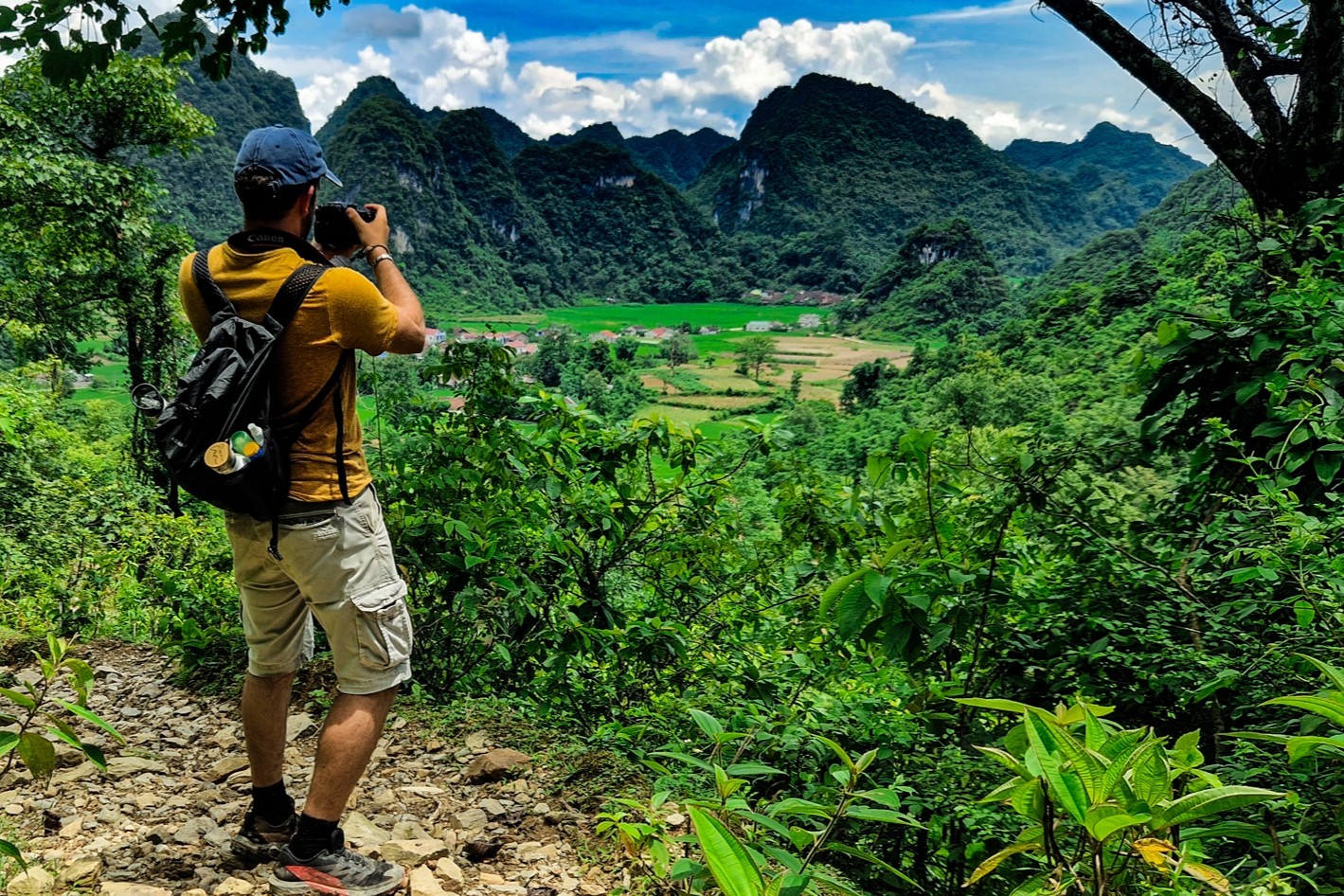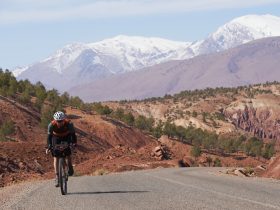Its gorgeous scenery, rich culture, and pleasant people make Vietnam a popular adventure travel destination. Hiking and other activities draw tourists to this Southeast Asian jewel. Vietnam has thrilling trekking in lush woods, quiet seaside trails, and northern mountain rice terraces. Vietnamese trails let travellers connect with environment and rural life due to their beauty.
Exploring the Northern Highlands: Sapa and Beyond
Sapa is a popular hiking destination in northern Vietnam. Sapa, with its seasonal terraced rice fields, is hidden by the Hoàng Liên Son mountain range. Trekking is ideal due to the pleasant, mild climate and stunning surroundings. Hikers can traverse ethnic minority communities, hazy valleys, and beautiful forests on difficult trails. Now hiking in Vietnam with Hmong and Red Dao people teaches visitors about their culture.
The Majestic Beauty of Ha Giang
Hikers may find Ha Giang, a northern province, a hidden gem due to low tourism. Ha Giang’s vast valleys, meandering rivers, and limestone peaks make for some of Vietnam’s most stunning hiking trails. The “King of Passes,” Ma Pi Leng Pass, winds through the gorge below and offers breath-taking vistas. Challenge yet rewarding walks in Ha Giang reveal Vietnam’s northern frontier’s untouched beauty.
The Cultural Richness of Central Vietnam
Cultural legacy and natural beauty draw hikers to Central Vietnam from around the world. The region has many UNESCO World Heritage sites, including Hue and Hoi An. Trekking and learning about Vietnam’s history on these historical places’ paths is unique. Hiking in Bach Ma National Park is popular in Hue. The park’s verdant woods, cascading waterfalls, and various wildlife draw nature lovers. The trek up Bach Ma Mountain is worth it for its South China Sea and landscape views.
The Mystical Beauty of the Central Highlands
Vietnam’s Central Highlands provide unique trekking with rolling hills, thick woodlands, and cold weather. Due to its low traffic, this area is ideal for solitude and environment lovers. The Central Highlands have various ethnic minority groups with distinct customs and traditions. Trekking through the Bahnar, Jarai, and Ede’s remote villages reveals their pristine culture. Yok Don National Park, Vietnam’s largest natural reserve, is a highlight for hiking along the Serepok River and through lush forests.
The Coastal Trails of Southern Vietnam
Southern Vietnam’s coastline treks differ from the north and center’s rugged terrain. The southern Con Dao Islands are a hiker’s secret. Con Dao trekking offers forest and seaside hikes to remote beaches, high views, and historical sites. Vinh Moc and Cu Chi in southern Vietnam provide Vietnam War subterranean hikes.
The Appeal of Vietnam’s Diverse Ecosystems
Hikers visit Vietnam for its wildlife. The nation has alpine valleys, coastal dunes, tropical rainforests, and mangrove swamps. Hikers can explore varied flora and wildlife due to this diversity. Nature-loving hikers visit Cat Ba, Cuc Phuong, and Phong Nha-Ke Bang. These parks offer well-kept trails through Vietnam’s most pristine natural surroundings to observe gigantic catfish, langurs, and pangolins.
Conclusion
Hiking in Vietnam lets visitors see its natural beauty, culture, and history. It goes beyond exercise. Trekking Sapa’s terraced farms, Ha Giang’s untamed peaks, or Con Dao’s coastlines yields amazing experiences. Vietnam is great for adventurers and nature enthusiasts due to its diversified landscapes, abundant wildlife, and unique culture. This combination draws tourists to Vietnam for lifelong memories.










